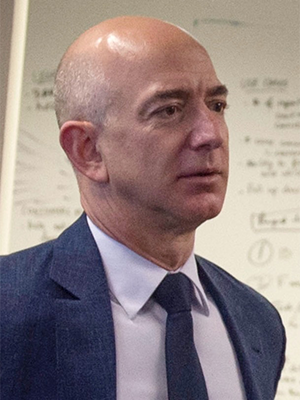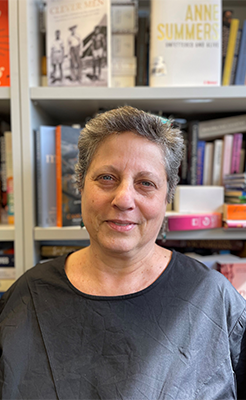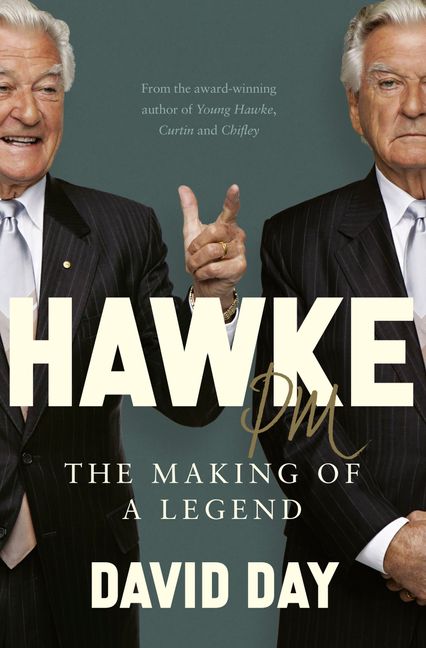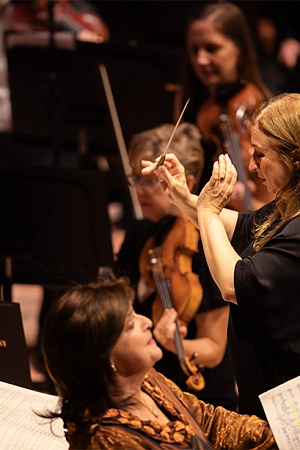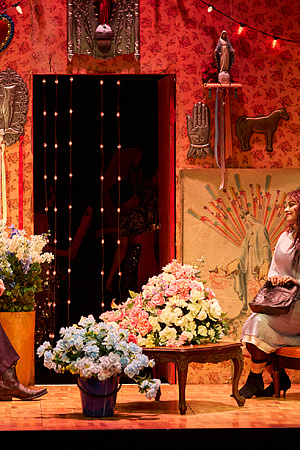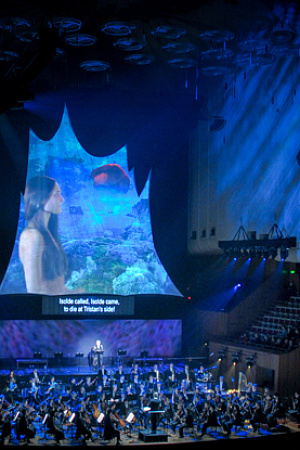Siegfried

Opera being the most comprehensive of art forms – combining text, music, sets, costumes, acting, dance – concert versions necessarily lack clout and definitiveness. Nothing can compare with a fully rounded staged production. Certain operas, though, are peculiarly suited to the concert hall, and Richard Wagner’s Siegfried – third in his tetralogy Der Ring des Nibelungen – is surely one of them, with its undeniable longueurs: the interminable potion, the faintly embarrassing Tarnhelm, and our hero’s dreamlike progress to the rock on which he will liberate his sleeping aunt. Such is the beauty of Wagner’s score that one can luxuriate in it, undistracted by fussy stagecraft, so often confected (at vast expense) to hide the dearth of action and the periodic insults to one’s intelligence.
It is in Siegfried that the ponderosities of Wagner’s text (never should the word ‘libretto’ pollute a Wagner review) are most stark. Imagine how much greater (and this is saying something) Siegfried would have been had Wagner collaborated with a librettist of the refinement of Hugo von Hofmannsthal, or the singular wit and concision of Lorenzo Da Ponte. But it’s impossible to think of the master of Bayreuth ever submitting to the interventions of a mere mortal. If Verdi was lordly with his librettists, Wagner would have been positively insufferable.
There was much anticipation in the Concert Hall at the Sydney Opera House after last year’s majestic performance of Die Walküre. This is the third instalment in the Sydney Symphony Orchestra’s Ring, all conducted by Simone Young, chief conductor of the SSO. Once again there are two performances, spanning the late afternoon and evening (a shade under six hours in all).
It is twenty-six years since the SSO last performed Siegfried in concert. On that occasion, Edo de Waart led a cast that included Elizabeth Connell as a fine Brünnhilde and Robert Hale as the Wanderer.
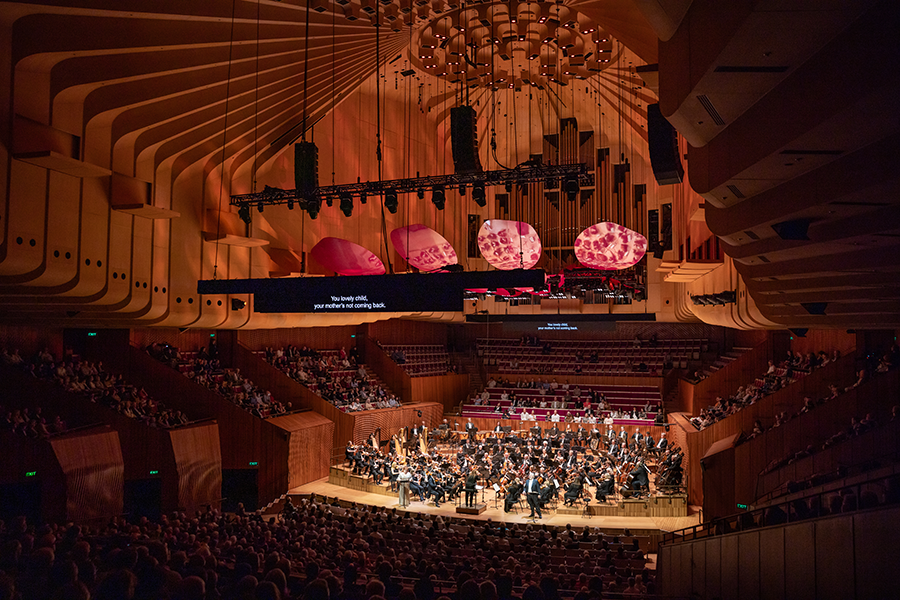 Sydney Symphony Orchestra playing Siegfried at the Sydney Opera House (photograph by Daniel Boud)
Sydney Symphony Orchestra playing Siegfried at the Sydney Opera House (photograph by Daniel Boud)
Simone Young’s rapport with her singers was immediately apparent. All evening she moderated the vast orchestra, achieving chamber-like effects and ensuring that the singers were never overwhelmed. Only rarely was one of them expected to compete with the unleashed orchestra. Wagner, though putatively bombastic, invariably protects singers in his scores, conscious of the primacy of the sacred text.
Young drew some magnificent playing from the orchestra. Once again, as last year, the refurbished Concert Hall proved to be the perfect venue for Wagner. The sound was full, resonant, ringing when necessary, but also capable of great subtlety when the conductor reined in the players and drew from them music of illustrative finesse.
All sections of the orchestra were fine, though the strings and winds must be congratulated on their work during Act One, when, in a brilliant invention, Wagner silences the strings for minutes at a time during Wotan’s long contest with Mime. Only once was there a hitch, during the principal horn’s long exposed solo by the organ, as Siegfried pursues the Woodbird. Otherwise, the horns were excellent. The brass was in mighty form during the thrilling prelude to Act Three – rousing sforzando effects.
Siegfried features eight singers but no chorus. For choral heft we must wait until next year’s Götterdämmerung when Wagner, throwing individuality to the wind, deploys a vast chorus to thrilling effect.
Mime, Alberich’s brother and Siegfried’s guardian – already met in Das Rheingold – can be an irritating character. Mimes tend to bark, shout, overact. Here, German tenor Gerhard Siegel was a revelation. Siegel – who has also sung the title roles in Parsifal and Siegfried – has been singing Mime all over the world for years. ABR Arts first heard him do it in the 2004 Cologne Ring conducted by Jeffrey Tate, whose earlier Adelaide Ring (1998) had introduced so many Australians to Wagner.
Since 2004 Siegel’s Mime has only got better. He was in clarion voice, and how quickly he enabled Young to take the potentially leaden early scenes when Mime squabbles with the ‘rascally youth’ whom he has resentfully raised. Hard it was to take one’s eyes off Siegel. He ruled the stage like a great vaudevillian (W.C. Fields came to mind), twitching his busy fingers, deploying his theatrical jowls, smiling smarmily to deceive, working a muscle in his cheek to convey terror, introducing sight gags, and so forth. There was no end to his comic invention. Of all the performances this was the most fully realised, helped by the fact that Siegel, unlike his colleagues, needed no score.
The Bavarian baritone Wolfgang Koch succeeds last year’s Tommi Hakala as Wotan, or the Wanderer. In addition to many Wagner roles, Koch has sung Wotan/Wanderer at Bayreuth and elsewhere. The sound is utterly secure, powerful too when needed. In the first two acts, there was something slightly two-dimensional about Koch’s performance. Koch was at his most dramatically engaged in the last act, when the Wanderer accepts defeat and embraces the oblivion and powerlessness foreshadowed at the end of Walküre – ‘das Ende, das Ende’.
Warwick Fyfe reprised his celebrated role as Albertich, which won him such acclaim in the Opera Australia Ring of 2013 and 2016.
Then came the much-anticipated entrance of Finnish soprano Miina-Liisa Värelä, who was making her Australian début. Värelä has already sung Isolde, Ortrud, Kundry, and Sieglinde. This is one of her first Brünnhildes. Värelä succeeds last year’s Anja Kampe, who was not in good voice.
Brünnhilde – such a busy, forthright presence in Walküre and Götterdämmerung – has much less work to do in Siegfried, appearing only in the second half of Act Three. Her vocal entrance, after the kiss from Siegfried that awakens her from an epic slumber, is dangerously high and exposed. What Värelä did with ‘Heil dir, Licht!’, swelling the note and filling the hall with secure, refulgent sound. She was magnificent throughout, magnetic to watch, fearless at the top, radiant during the great melody from the Siegfried Idyll, and impressively in sync with O’Neill, well apart though they were on stage until a final embrace as Young brought the performance to an exultant close. On the evidence of this performance, Värelä will have a long and storied association with this huge role. Let us hope that she returns next year.
Ultimately, everything depends on Siegfried. Here we were in the safest hands with the New Zealander Simon O’Neill, one of the leading heldentenors of the age. O’Neill was faultless and tireless all night, despite everything that Wagner threw at him. Apart from the love duet, he was at his best in the Forging Scene, or Schmeltzlied, in Act One.
Noa Beinart was an arresting Erda. The young Israeli contralto, arresting in black, taller than our conductor atop her podium, looked the part and sang with great assurance during her long scene with Wotan. Opportunities to hear a true contralto – and a contralto of such beauty and surety – are precious.
Teddy Tahu Rhodes sang Fafner, through a megaphone at first – a nicely reverberant effect as Fafner, guarding his hoard, smacks his lips at the prospect of devouring Siegfried. When Rhodes moved downstage, his pronounced vibrato was much more obvious.
Only towards the end of Act Two do we hear the first female voice. The Woodbird is often sung by a light coloratura soprano. Samantha Clarke, an acclaimed Violetta in Sydney (and a future Sieglinde perhaps?), offered a full-voiced, rich-toned Woodbird.
There is one more performance of Siegfried, on Sunday afternoon. Don’t miss this opportunity to hear a uniformly superb account of the most testing chapter in the masterwork that is Richard Wagner’s Der Ring des Nibelungen. But what a shame that ABC Classic is not interrupting its ceaseless chatter and bleeding chunks to broadcast this concert.
Siegfried (Sydney Symphony Orchestra) will be repeated at the Sydney Opera House on 16 November 2025. Performance attended: November 13.

